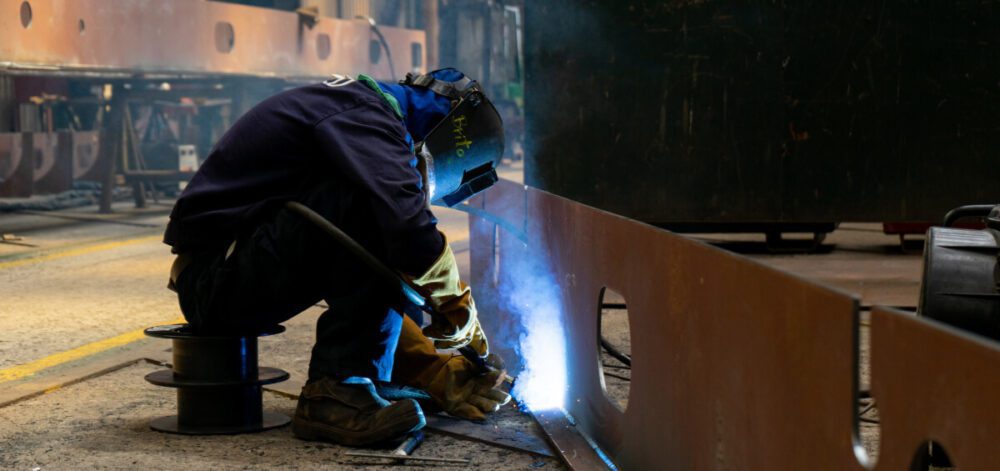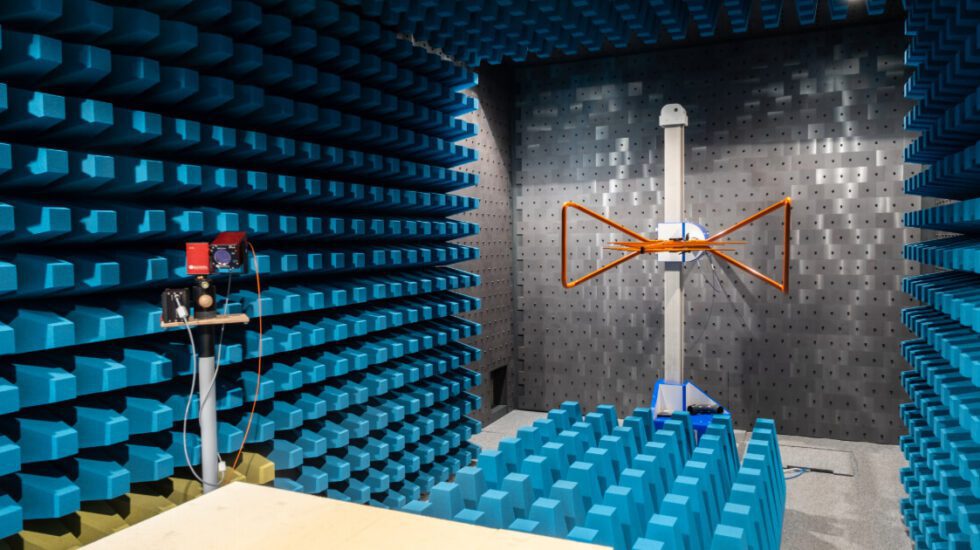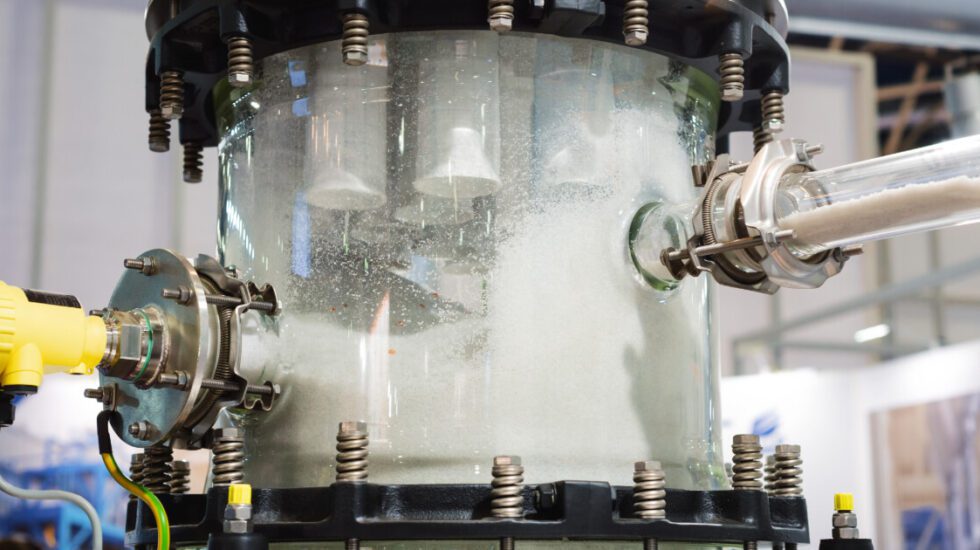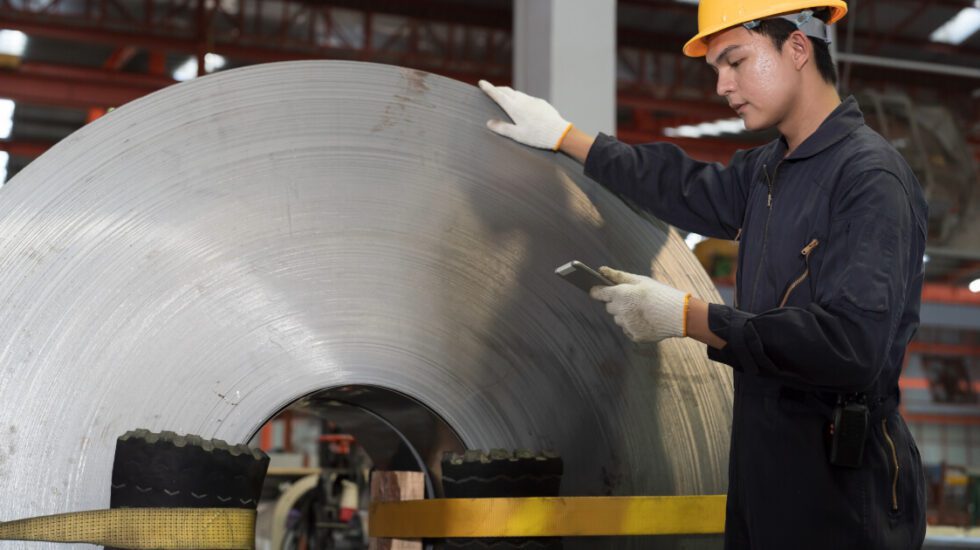Field-Erected Steel Platework Structures
How Innovation in Steel Platework Construction Qualifies for Government Funding
Field-erected steel platework structures play a critical role in industries such as energy, manufacturing, and infrastructure. As companies push the boundaries of design, manufacturing, and construction, they often face technological uncertainties that require extensive research and experimentation. The Scientific Research and Experimental Development (SR&ED) tax incentive program provides funding opportunities for businesses that engage in innovative problem-solving, making these projects ideal candidates for government support.
Technological Uncertainty in Field-Erected Steel Platework Structures
Companies working with steel platework structures often encounter technological uncertainties that require systematic investigation. These challenges may arise due to complex material properties, extreme environmental conditions, or the need for advanced fabrication techniques. Here are some key areas where innovation can qualify for SR&ED:
-
Advanced Material Selection for Corrosion Resistance
Steel platework structures are often exposed to harsh environmental conditions, leading to concerns about corrosion and structural degradation over time. Developing new alloy compositions or protective coatings that improve corrosion resistance presents a significant challenge. Companies may need to conduct rigorous testing on various materials to determine their long-term durability in real-world conditions.
-
Innovative Welding Techniques
The structural integrity of steel platework relies heavily on the quality of welds. However, traditional welding methods may not always be suitable for large-scale field-erected structures, particularly when working with new steel alloys or complex designs. Companies experimenting with advanced welding techniques, such as automated welding, laser welding, or hybrid methods, must address challenges related to heat distribution, defect reduction, and efficiency improvements.
-
Automated Fabrication Processes
Automation in steel platework fabrication can significantly enhance efficiency and precision while reducing labor costs. However, designing and integrating robotic systems for cutting, shaping, and assembling steel components presents technological uncertainty. Companies must refine these processes through testing and iteration to achieve optimal performance, making their work eligible for SR&ED incentives.
-
Structural Analysis and Design Optimization
Modern construction projects demand steel platework structures that can withstand extreme forces, including wind loads and seismic activity. Developing advanced computational models and simulation tools to optimize structural designs involves overcoming uncertainties in predictive modeling and real-world performance. Businesses that invest in refining their analysis techniques and structural designs may qualify for SR&ED tax credits.
-
Advanced Coating Technologies
Protective coatings play a crucial role in extending the lifespan of steel structures. However, developing and implementing new coating technologies requires extensive testing to ensure long-term effectiveness. Companies researching novel materials, application methods, and environmentally friendly alternatives may qualify for SR&ED as they work to overcome uncertainties in adhesion, durability, and performance.
-
Remote Inspection and Monitoring Systems
Advancements in sensor technology and data analytics have made it possible to remotely inspect and monitor steel platework structures. However, integrating real-time monitoring systems comes with technical challenges, such as ensuring sensor accuracy, developing predictive maintenance algorithms, and overcoming communication barriers in remote locations. These areas of research and development align well with SR&ED eligibility criteria.
Maximizing SR&ED Claims for Steel Platework Innovations
Companies engaged in these innovative activities should carefully document their work, including:
- The specific technological uncertainties they encountered
- The hypothesis and experimentation process they followed
- The results and knowledge gained from their research
By maintaining detailed records and consulting SR&ED specialists like Ayming Canada, businesses can maximize their claims and secure funding for continued innovation. If your company is working on field-erected steel platework structures and facing technological challenges, you may be leaving valuable government incentives on the table.
Let Ayming Canada Help You Leverage Your SR&ED Potential
Need help identifying eligible projects and preparing your SR&ED claim? Ayming Canada’s experts specialize in securing government funding for businesses like yours. Contact us today to learn how you can leverage SR&ED tax incentives to fuel your innovation and growth.
Contact us today!
One of our experts will be in touch shortly.














No Comments